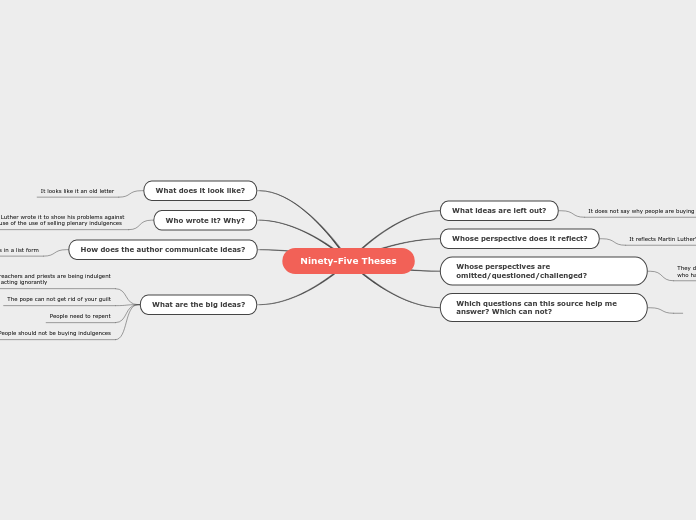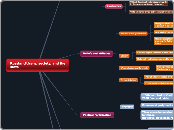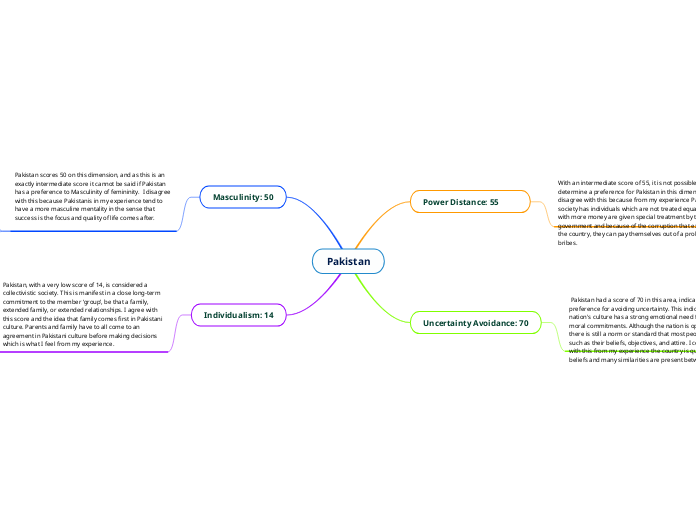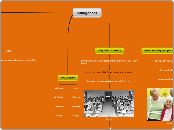realizată de Matheus Batista 5 ani în urmă
284
Martin Luther's 95 Theses
The document outlines a critical moment in history where Martin Luther boldly questioned and criticized the Catholic Church's practices, particularly the selling of indulgences. His 95 Theses, publicly displayed in Wittenberg, sparked widespread religious reform and led to the formation of various Protestant sects.









